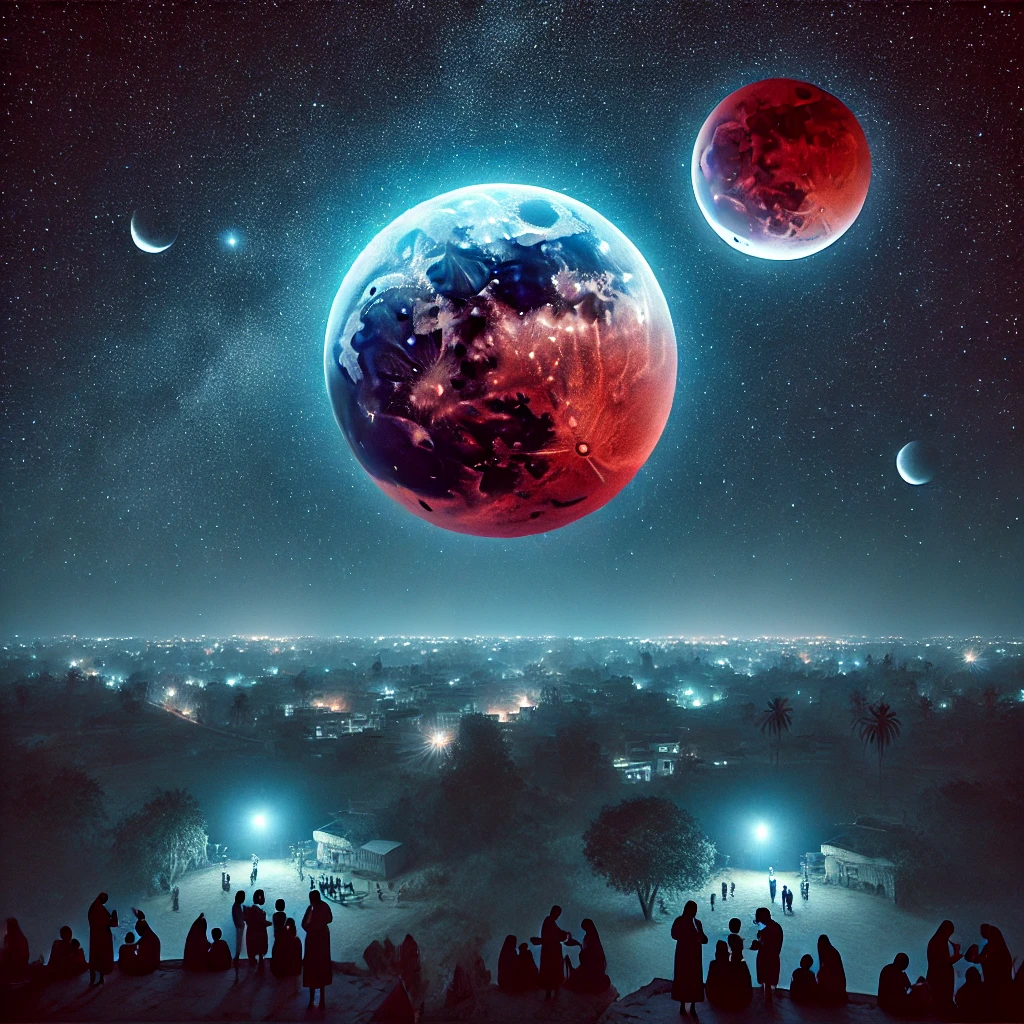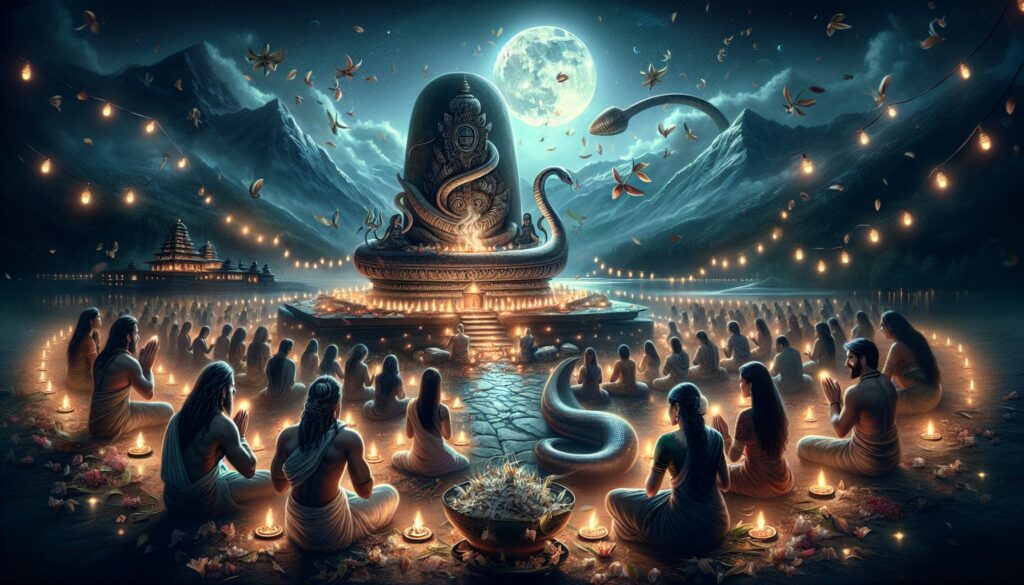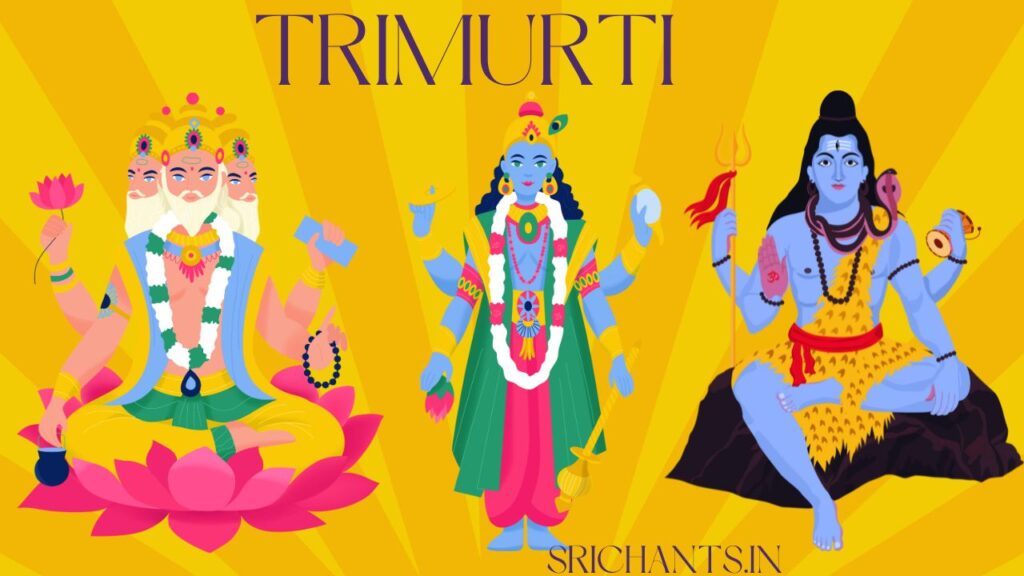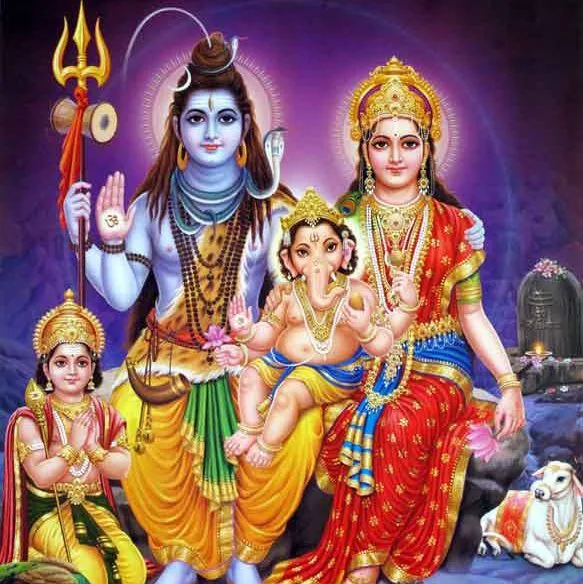Chandra Grahan
Introduction
Wonder has always come from the evening sky. Among the several celestial phenomena that inspire human imagination, a Chandra Grahan (Lunar Eclipse) jumps out. When the Moon, Earth, and Sun line exactly to produce an amazing celestial display, it is a rare and magical event.
Lunar eclipses have enveloped centuries of science, mythology, and astrology. From old Hindu texts to contemporary research, Chandra Grahan remains a subject of interest and relevance.
This page will go into what a lunar eclipse is, its varieties, religious and astrological meaning, legends, scientific justifications, and how one could see this cosmic wonder. Fasten your seatbelt then as we travel into Chandra Grahan’s universe!
What is Chandra Grahan?
When the Earth blocks the Sun from the Moon, a Chandra Grahan (Lunar Eclipse) results from the sunlight typically lighting the Moon being blocked. The Moon therefore seems to be dimmed, reddish, or perhaps vanished for some period.
A lunar eclipse is entirely safe to view with the unaided eye unlike a Surya Grahan (Solar Eclipse). This event is really captivating because of the amazing metamorphosis of the Moon during this period.
Types of Chandra Grahan
Lunar eclipses come in three basic forms, each providing a different aesthetic experience:
1. Penumbral Lunar Eclipse
- The Moon crosses the penumbra, or outer shadow of the Earth.
- Usually invisible, the fading is slight.
- The Moon could seem rather dark than normal.
2. Partial Lunar Eclipse
- Just a little of the Moon reaches the inner shadow (umbra) of Earth.
- While the Moon stays brilliant, some of it seems black.
- The naked eye can just partially see this kind of eclipse.
3. Total Lunar Eclipse (Blood Moon)
- The Moon’s whole reddish-orange color comes from its entering the shadow of Earth.
- Rayleigh scattering, the same process causing sunsets to be red, causes the red color.
- Often referred to as a “Blood Moon,” a complete lunar eclipse is the most remarkable among all lunar eclipses.
The Science Behind Chandra Grahan
Perfect illustration of celestial physics in action is a moon eclipse. But under a complete lunar eclipse, what gives the Moon its red hue?
Why Does the Moon Turn Red?
Under a complete lunar eclipse, the atmosphere of the Earth bends sunlight. Whereas the red and orange light pass through and reach the Moon, the blue and violet light scatter in different directions, as at sunset. This lends the Moon a reddish hue sometimes known as the “Blood Moon”.
Why Do Lunar Eclipses Happen Only on a Full Moon?
Only when the Moon is full can one experience a lunar eclipse. But the Moon’s orbit is slanted relative to the Earth’s orbit around the Sun, hence we do not observe an eclipse every full moon. An eclipse cannot happen without the alignment exactly right.
Chandra Grahan in Indian Mythology & Religion
India feels a strong cultural link to Chandra Grahan. Lunar eclipses are mentioned in several ancient Hindu scriptures, and for millennia they have been connected with myths and spiritual ideas.
The Story of Rahu and Ketu
According to Hindu mythology, Rahu and Ketu are shadow planets responsible for eclipses. The story goes like this:
- Lord Vishnu took the shape of Mohini and was delivering amrit, or nectar of immortality, to the gods during the Samudra Manthan, or churning of the ocean.
- Drinking the nectar, a demon called Swarbhanu passed for a god.
- With his Sudarshan Chakra, Lord Vishnu beheaded him before it could get to his stomach.
- The body changed to become Ketu; the head became Rahu.
- After the Sun and Moon revealed his ruse, Rahu and Ketu exact retribution by periodically devouring the Moon and the Sun, hence producing Chandra Grahan and Surya Grahan.

Spiritual & Religious Practices During Chandra Grahan
- Temples keep shuttered during the eclipse.
- One finds fasting both before and during the eclipse.
- Specifically the Maha Mrityunjaya Mantra is sung for protection.
- Following the eclipse, one cleanses oneself in a bath.
Astrological Significance of Chandra Grahan
In Vedic astrology, a lunar eclipse is believed to impact human lives. It is said that during this time:
- People could become restless when emotions run strong.
- Different zodiac signs could have either good or bad impacts.
- Many astrologers advise against making big judgments right through an eclipse.
For those who follow astrology, praying and meditating at this period is regarded as lucky.
Myths and Superstitions Around Chandra Grahan
Many legends have been connected over ages with lunar eclipses. Among the most often occurring ones are some of:
1. Pregnant Women Should Not Go Outside
It is said that leaving outside during a lunar eclipse could endanger the unborn child. There is not any scientific evidence of this, though.
2. Food Becomes Poisonous
Some say prepared food during an eclipse becomes contaminated. Although food does not go bad, many traditional homes abstain from eating during this time.
3. Taking a Bath After the Eclipse is Necessary
This more of a spiritual cleansing ritual than a need. Following the eclipse, many people pray and have a bath.
Even although many Indian homes still adhere to these ideas, it is crucial to distinguish science from superstition.
How to Watch Chandra Grahan Safely?
Unlike a solar eclipse, a lunar eclipse is completely safe to watch. Here are some tips to enjoy this celestial event:
- The finest view will come from a rooftop, open field, or somewhere free of city lights.
- Using a telescope or binoculars improves the Moon’s surface’s details.
- If you enjoy taking pictures, grab the eclipse with a DSLR camera with a zoom lens.
- If the weather is hazy, you may view it live on NASA’s website or another astronomy channel.
Conclusion: A Cosmic Spectacle Worth Watching
A Chandra Grahan is a spectacular occasion combining spirituality, mythologies, and science. One thing is certain whether your viewing it for its beauty, believe in astrological effects, follow religious practices—it is a celestial wonder reminding us of the enormity of the cosmos.
Therefore, the next time you learn about a lunar eclipse, pause outside to see the Moon change right before your view. This sight links us to the secrets of space and the old knowledge of our forebears.








